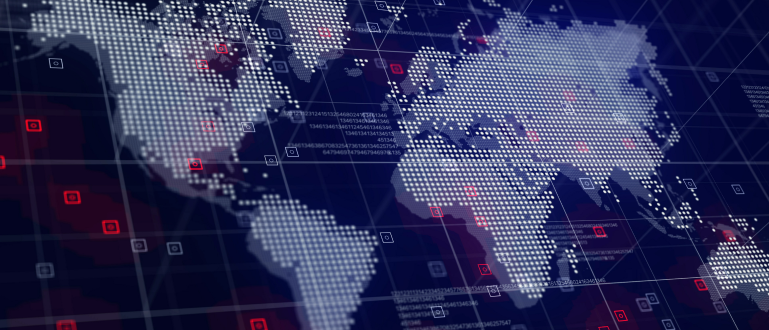
The Role of Maps in Scientific Research
Maps have always played a crucial role in helping humans understand the world around them. From the earliest hand-drawn depictions of the stars to modern satellite imaging, maps have evolved into powerful tools for scientific discovery. In today’s research landscape, maps are far more than just representations of geography—they are essential instruments across various scientific disciplines, helping researchers collect data, visualize complex information, and communicate their findings clearly.
Understanding the Use of Maps in Science
Scientific inquiry relies heavily on visual data. Whether it’s plotting the spread of a virus, mapping climate change impacts, or charting tectonic plate movements, maps help scientists make sense of patterns, relationships, and trends. Geographic Information Systems (GIS), in particular, have become a cornerstone in fields like environmental science, epidemiology, geology, and archaeology.
GIS allows researchers to layer data from multiple sources over geospatial maps. This layered approach enables in-depth analysis, such as monitoring deforestation trends, identifying earthquake risk zones, or determining food desert locations in urban centers. By integrating statistical models with geospatial data, scientists can make predictions and form more accurate hypotheses.
Historical Impact of Mapmaking in Scientific Discovery
The utility of maps in research goes back centuries. Early explorers and naturalists used cartography not just to chart unknown lands, but also to document biodiversity and natural resources. The famous voyage of Charles Darwin aboard the HMS Beagle is a prime example—his observations, paired with detailed maritime maps, laid the groundwork for the theory of evolution.
In the 19th and 20th centuries, advances in topographic surveying and aerial photography revolutionized the field. Scientists began employing photographic maps in glaciology to track ice cap movements and in urban planning to assess population dynamics and infrastructure development.
Maps in Modern Scientific Fields
Today, maps are indispensable in climate science. Satellite imaging and remote sensing technology allow researchers to monitor global temperature shifts, sea-level rise, and carbon emissions across regions. These tools support international efforts to address climate change by providing accurate and up-to-date data for policymakers.
Medical researchers also rely heavily on mapping during public health crises. The 1854 cholera outbreak map created by Dr. John Snow is a classic example. In modern times, maps were crucial in tracking the spread of COVID-19, helping health agencies deploy resources to high-risk areas. Epidemiological maps now incorporate real-time data, enabling rapid response to emerging threats.
In archaeology, maps offer insights into ancient civilizations. LiDAR mapping technology can reveal hidden structures under dense forest canopies, allowing archaeologists to explore ruins without excavation. This fusion of technology and cartography opens new doors for discovery while preserving historical sites.
The Future of Scientific Mapping
As data becomes increasingly complex, the role of interactive and 3D mapping in research is expected to grow. Virtual reality (VR) and augmented reality (AR) are now being tested as tools for data visualization, enabling immersive exploration of oceans, space, and even microscopic environments.
In addition, maps are becoming more collaborative. Open-source mapping platforms enable citizen scientists to contribute data, such as biodiversity sightings or pollution levels, enriching large-scale research projects. This democratization of scientific data fosters greater public engagement and leads to more comprehensive datasets.
Conclusion
Maps are far more than visual aids—they are foundational tools that shape how science is conducted, interpreted, and shared. From tracking climate trends to unveiling archaeological mysteries, the power of maps in scientific research is undeniable. As technology progresses, so will our ability to create more dynamic, accurate, and insightful maps, ensuring their continued relevance in the scientific world.
